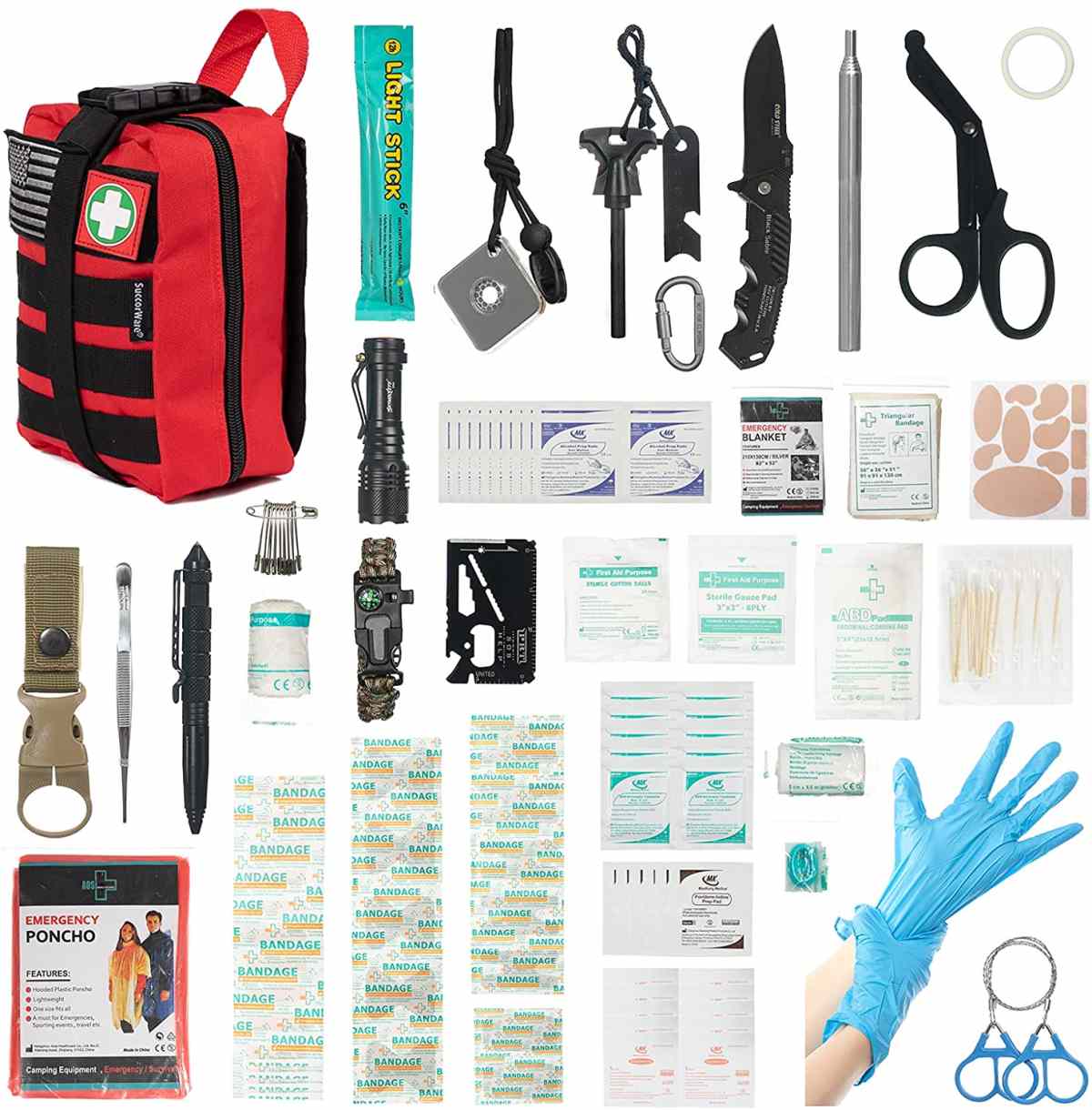What should you keep in your first aid kit?
2024-02-23
A well-equipped first aid kit is essential for addressing minor injuries and medical emergencies that may occur at home, during outdoor activities, or while traveling. While the specific contents of a first aid kit may vary based on individual needs and preferences, here are some essential items that should be included:

1. Adhesive Bandages: Various sizes of adhesive bandages (band-aids) to cover cuts, scrapes, and minor wounds.
2. Sterile Gauze Pads and Roll: Sterile gauze pads and rolls for cleaning and dressing wounds, as well as controlling bleeding.
3. Adhesive Tape: Medical adhesive tape for securing dressings and bandages in place.
4. Antiseptic Wipes or Solution: Antiseptic wipes or solution (such as hydrogen peroxide or alcohol wipes) for cleaning wounds and preventing infection.
5. Antibiotic Ointment: Topical antibiotic ointment or cream to apply to minor cuts and abrasions to prevent infection.
6. Sterile Gloves: Disposable sterile gloves to protect against contamination and exposure to bodily fluids when providing first aid.
7. Tweezers: Tweezers for removing splinters, ticks, and other foreign objects from the skin.
8. Scissors: Medical scissors for cutting gauze, tape, and clothing when providing first aid.
9. Instant Cold Packs: Instant cold packs or cold compresses to reduce swelling and relieve pain from minor injuries, sprains, and strains.
10. Triangular Bandage: Triangular bandage (cravat) for making slings, immobilizing limbs, and providing support for sprains and fractures.
11. Elastic Bandage: Elastic bandage (such as an ACE bandage) for wrapping and supporting sprains, strains, and joint injuries.
12. CPR Mask or Face Shield: CPR mask or face shield for performing cardiopulmonary resuscitation (CPR) while protecting against exposure to bodily fluids.
13. Emergency Blanket: Space blanket or emergency blanket to provide warmth and shelter in case of exposure to cold or shock.
14. Pain Relievers: Over-the-counter pain relievers (such as ibuprofen or acetaminophen) for relieving minor aches, pains, and fevers.
15. Emergency Contact Information: List of emergency contact numbers, including local emergency services, poison control, and personal or family contacts.
16. First Aid Manual: Basic first aid manual or reference guide with instructions on how to administer first aid for common injuries and medical emergencies.
It's important to periodically check and replenish the contents of your first aid kit, as well as customize it based on specific needs, activities, and medical conditions. Additionally, consider taking a first aid and CPR certification course to learn how to effectively administer first aid in emergency situations.


